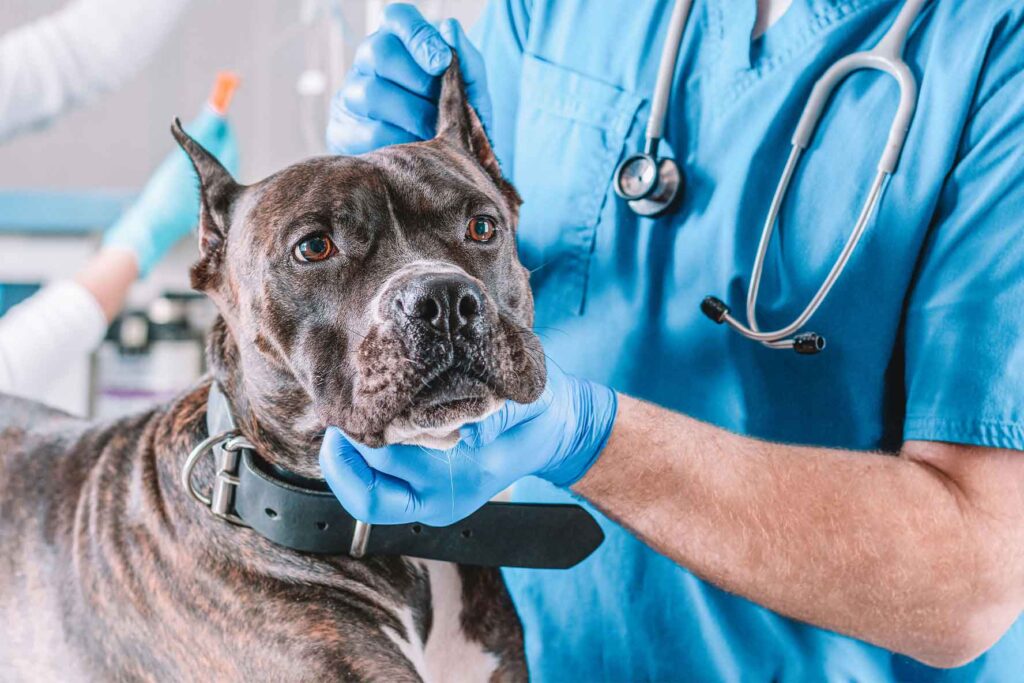Discovering cysts on dogs can be worrisome for pet owners. Recognizing the various types and treatments is vital for your furry friend’s health. This guide explores common canine cysts and veterinarians’ diagnostic and treatment methods.
Identifying Cyst Types: The Key to Effective Treatment
Before initiating treatment, veterinarians must accurately diagnose the type of cyst present on the dog. The specific characteristics of the cyst determine the appropriate course of action to remove it and prevent recurrence. Through microscopic examination of the cyst’s contents, veterinarians can classify it and tailor treatment accordingly.
True Cysts: Understanding Their Characteristics and Removal
True cysts on dogs usually appear near the eyelids or ears as translucent or dark-colored lumps with a secretory layer. These, caused by blocked skin ducts, can contain fluid or solid material. Surgical removal involves excising the gland and secretory lining to prevent recurrence.
False Cysts: Addressing Trauma-Induced Growth
Unlike true cysts, false cysts lack a continuous secretory layer and often result from trauma or bleeding, leading to tissue death and fluid accumulation. Treatment involves draining the cyst and addressing the underlying traumatized skin to prevent recurrence.
Sebaceous Cysts: Managing Blocked Gland Complications
Sebaceous cysts arise from blocked sebaceous glands, primarily located on the head, legs, chest, and neck. Treatment options range from conservative measures like warm compresses and antibiotics to surgical removal, including the secretory lining, to alleviate symptoms and prevent complications.
Follicular Cysts: Addressing Hair Follicle Blockages
Follicular cysts develop at hair follicles due to blockages caused by trauma or pressure. Certain breeds, such as hounds and hairless dogs, may be more susceptible to these cysts. Treatment modalities mirror those for sebaceous cysts, aiming to alleviate discomfort and promote healing.
Dermoid Cysts: Navigating Rare and Complex Cases
Dermoid cysts, albeit rare, pose unique challenges, particularly in breeds like Rhodesian Ridgebacks. Formed during fetal development, these cysts may require imaging and surgical intervention for removal, especially if they involve the spinal cord. Veterinary specialists may be consulted for comprehensive management.
Prioritizing Canine Health and Well-being
Early detection and prompt veterinary evaluation are essential when detecting any growth on your dog, even if initially suspected to be a false cyst. While most cysts are benign, professional confirmation provides peace of mind for pet owners and ensures the best possible care for their canine companions.
